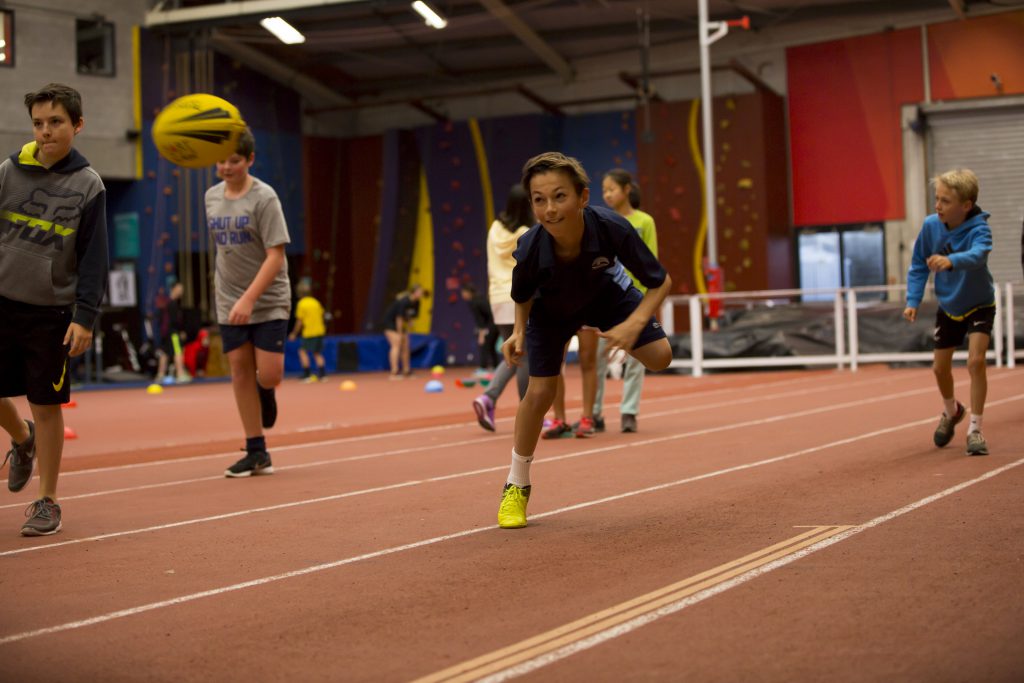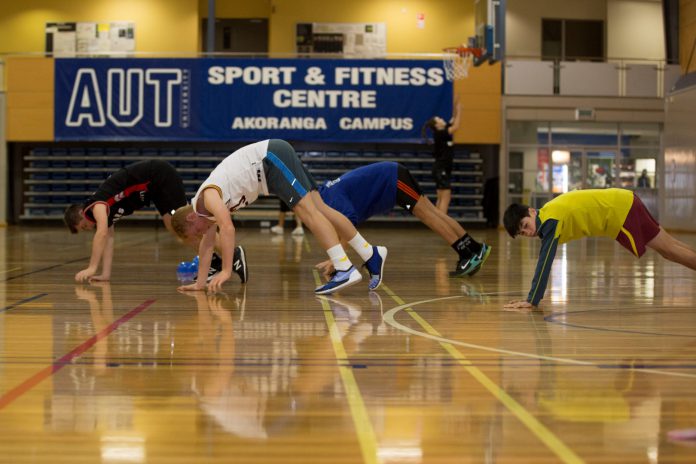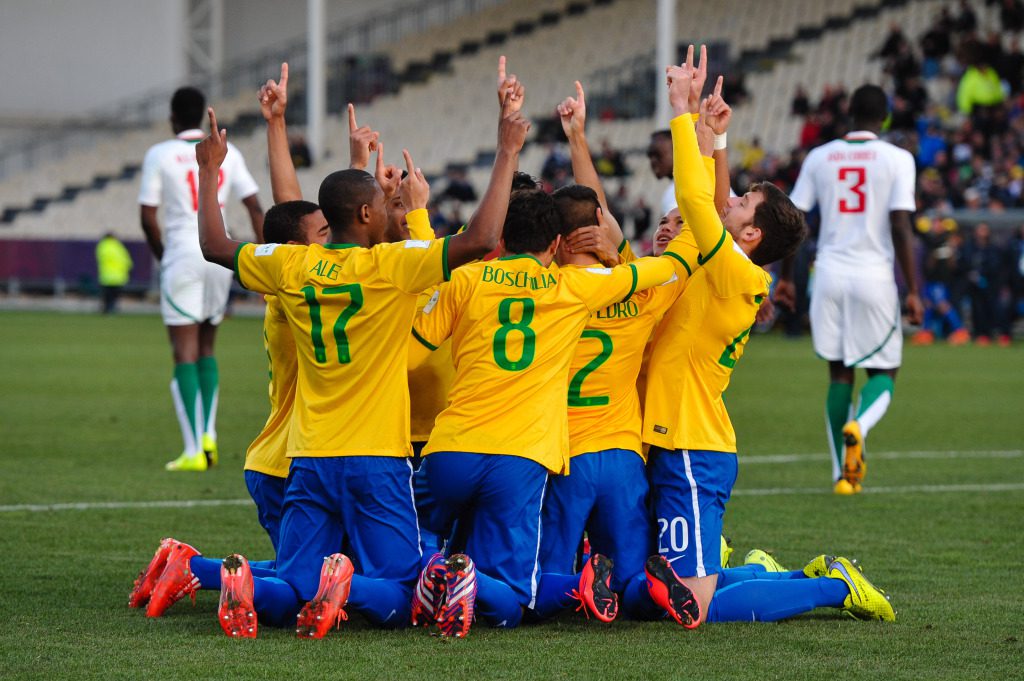“If you play for something bigger than yourself you play a bigger game.”
The All Blacks are one of the most successful sporting teams on the planet. In 2013 they went through the entire season unbeaten, and over the past 100 years they have an unprecedented 75% winning record. You will struggle to find another team in world sport that will rival that level of success.
But what makes the All Blacks so good?
For a start, they are incredibly cohesive. The players commit to something bigger than themselves. They then work, learn and improve together to achieve a common goal which otherwise unreachable if they are working alone.
Individual Versus Team Development
In a previous post I discussed ways to develop better athletes. It concentrated on enriching the individual (rather than the team) and described how to create the best environment to help your athletes succeed.
I highlighted four key ideas:
- The importance of clearly understanding the reasons behind why your athletes play
- How you can help your athletes decide what’s most important to focus on to optimise their development
- Why you need to make learning personal
- Why building a great relationship with your athlete is paramount to their success.
However, a team of champions does not necessarily make a champion team. So, what is important to consider when it comes to developing a team?
Motivation
The motivational climate of the team is critical to their performance. The responsibility of creating this environment is ultimately that of the coach. In fact, the coach is typically regarded as the most influential significant-other in an athlete’s sporting experience.
The interpersonal style of the coach, their beliefs and values and the way they set up a training and competition environments all contribute to the type of motivation that his or her players will exhibit.
Here are 3 key characteristics of a great team that contribute to the right kind of motivational climate:
- They are coach-led. The coach acts as the ‘creator’ of the team environment and therefore, is responsible for his or her player’s experiences. They use democratic rather than authoritative coaching behaviours, which means that they include their players in decision-making processes instead of just telling them what to do.
- They stress self-improvement. Players are praised for their effort to learn new skills and master existing ones, rather than for being amazing at something or ‘talented’.
- They emphasise learning and improving over winning. Hard work and the determination to be better tomorrow than you were today is seen as the backbone from which winning is more likely to result.
“Taking our eyes away from the scoreboard and actually looking at being accountable for continuing to be the best, no matter what the situation was. That was massive.”
– Wayne Smith, All Black Assistant Coach
Team Cohesion
The aim of every team, regardless of sport or level of competition, is to work together. The old saying “united we stand, divided we fall” couldn’t be more true when it comes to successful team performance.
So what makes for successful team cohesion at youth level? What makes the difference between the teams that do well and those that don’t?
Here are 3 things critical to team cohesion.
Develop your team’s ‘why’. Why does your team exist? What are you trying to achieve? How will each player contribute his or her piece of the puzzle? How do player’s strengths and weaknesses fit with what is trying to be achieved? And what is it really going to take to get there?
Working towards a shared goal is critical when it comes to team cohesion. But often what the team is trying to achieve has not been clearly defined in the first place. Nor are expectations set at the start to outline what exactly players (are their parents for that matter) are signing up for.
When everybody on the team knows exactly why they are there it is much easier to pull everybody’s strengths together to work towards something much bigger.
Transfer responsibility to your players. At the end of the day your players are the ones responsible for what happened on the field. Therefore, so it’s vital they are given responsibility to make decisions for themselves.
I often hear people talk about the need for their athletes to be accountable. Well, accountability feeds off responsibility. When players feel like they can contribute they are much more likely to feel empowered to do things for themselves, be more creative and enjoy themselves more – all hugely important to the success of a side. MISH shoot 6.8.13
“At the beginning of the week, it’s 80/20 the coaches driving things at practice; but as we get closer to the game, the ratio reverses because we’re the ones who have to drive it during the game.” – Richie McCaw, All Blacks Captain
Seek opportunities for enjoyment. Fun can mean different things to different people. But regardless of how it looks evidence shows it’s the #1 reason why athletes play sport.
This may seem at odds with the ever-increasing competitive nature of youth sport, but regardless of playing level I can’t emphasise more the need to deliberately create opportunities for enjoyment.
You may just find it pays off in spades.
 For The Love Of The Game
For The Love Of The Game
And finally. Take a moment to remember why your athletes signed up to play in the first place.
Whether it’s the first XI championship final or Under-8’s down at the local park, your players are out there giving it their all on Saturday for one simple reason – for the love of the game. Keep it that way.







































